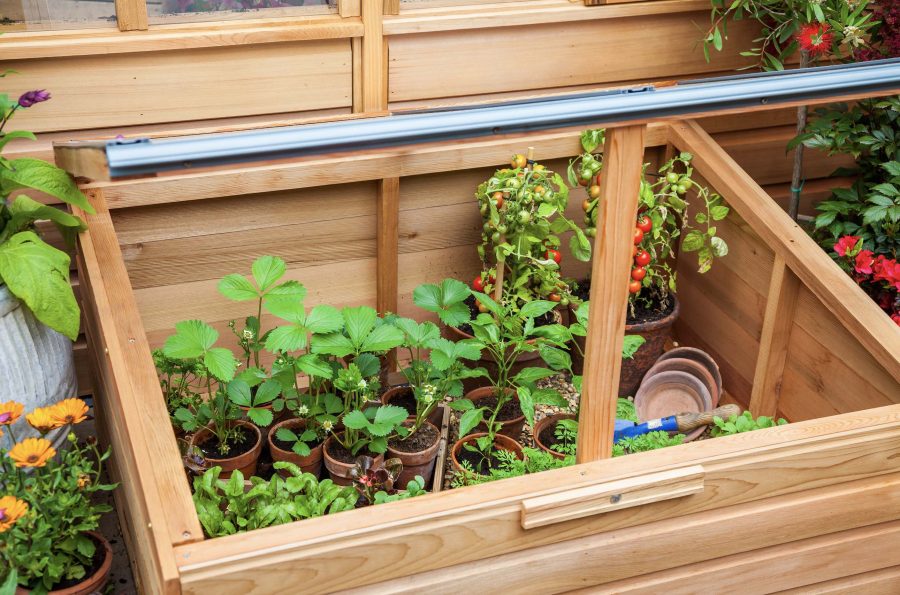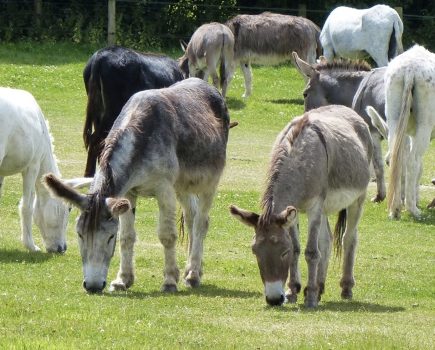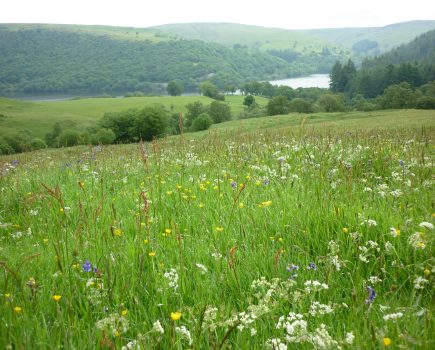In this article extract, Lee Senior explains how the creation of early season warmth and protection, using hot beds, cloches, fleece, and cold frames, can help you get growing while the weather’s still cold…
Keen grow-your-own enthusiasts strive to produce early crops where possible, be it for profitable purposes, or the satisfaction of lengthening the cropping season for your family. Generally winters are milder these days, making this aspiration seem even more achievable. During winter the biggest factors against early outdoor crops are cold air temperatures and cold soils, plus of course shorter day length.
As gardeners, we try to manipulate the season as much as we can to overcome the cold.There are a number of ways we can try to do this. In this article, I am going to concentrate on hot beds, cloches, fleece and to a lesser extent, cold frames.
HOT BEDS – THE BASIC PRINCIPLE
Hot beds are a traditional time-served way of utilising whatever natural heat sources there are available to warm up small, controlled outdoor growing areas during the winter months. They come into their own from December through to April. The system goes back thousands of years, possibly even before the Romans. The ‘heat source’ that warms the beds is usually animal manure, but it can be any decomposing organic matter that generates heat. I prefer horse manure, but it doesn’t have to be this. Fresh bark chippings when piled in a heap will also get very hot in the centre.
If you’ve ever dug into the centre of the heap of a strawy horse manure stack or bark chippings, you will notice particularly on a cold day how steam rises from the centre! Even decomposing leaves can give off heat in the centre of the heap. This can be observed by touch but also the leaves sometimes turn a little grey/white colour in the centre.
Whatever you decide to utilise, it is possible to use heat generated by hot beds to germinate, grow on and harvest crops, sometimes several months before their normal date. This can provide crops very much out of season such as salad leaves in March and new potatoes in April.
Fresh manure heaps are teeming with millions of microorganisms. Given sufficient moisture (though not too wet) and air they go to work decomposing the manure and generating heat in the process. Clearly the larger the manure stack the longer the heat lasts. Care should be taken that the heat is not too intense in the middle of the heap and a temperature probe is invaluable for checking this. The heat gradually diminishes over the next few weeks as decomposition takes place.
The skill is to time the gradual cooling of the manure heap (when it reaches a usable temperature for the plants and seedlings) so it can be used, in conjunction with the gradually lengthening days of January- March onwards. The heat is released gradually over day and night so frost and cold night temperatures should not be a problem.
USING HOT BEDS FOR EARLY CROPS
If you have a growing frame with a top (also known as a light) on it, sitting on top of some decomposing manure or organic matter that is contained in another larger frame then in simple terms you have a hot bed! The bed should give enough gentle heat to assist plants for around three months by which time it isn’t needed anyway, as it will be around late April…
This article extract was taken from the March 2025 edition of The Country Smallholder. To read the article in full, you can buy the issue here.








